Texas Frogfruit
Phyla nodiflora var. incisa
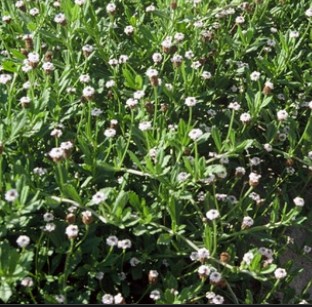
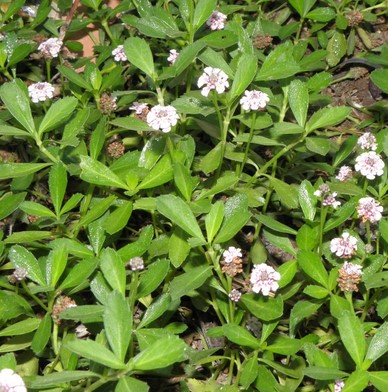
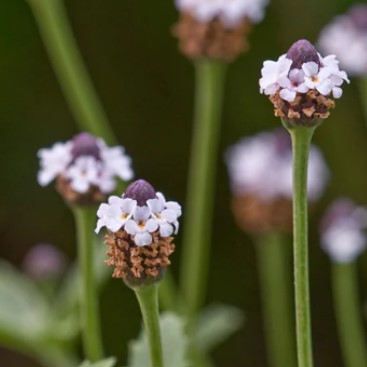
Characteristics
- Type: Perennial
- Zone: 7 – 11
- Height: 3 – 8 Inches
- Spread: 4 Feet
- Lifespan: 20 Years
- Blooms: May – October
- Bloom: White to Pink Clusters, with Fuchsia Centers
- Sun: Sun, Part Shade
- Water: Low, Medium
- Leaf: Green, with Reddish or Purplish Tinge in Cold Winters
- Tolerates: Drought, Flooding, Heat
- Attracts: Bees, Butterflies
- Larval Host: Yes
- Texas Native
Culture
Texas Frogfruit can be used as an excellent ground cover and is evergreen in warm years. It is also evergreen in areas protected from frost. It spreads vigorously. It is an attractive plant rambling over boulders or the edges of hanging baskets. It also can tolerate drought and flooding. Frogfruit generally is a good nectar plant for butterflies and other pollinators. It is a host plant for plant for Phaon Crescentspot, White Peacock, and Common Buckeye butterflies (pictured below in the same order).
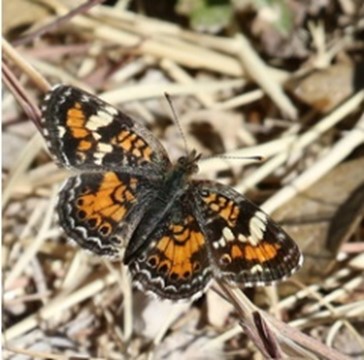
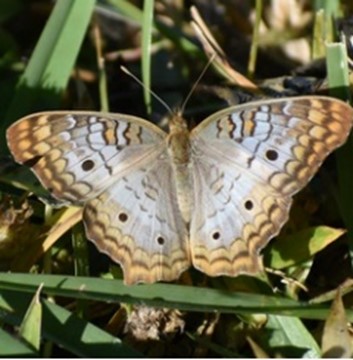

Noteworthy Characteristics
This species is a member of the verbena family (family Verbenaceae), which includes about 75 genera and 3,000 species of herbs, shrubs, and trees, mostly of tropical and warm temperate regions. The leaves are green, with reddish or purplish tinge in cold winters. It has trailing foliage and charming, mini-verbena-like flowers. Will go dormant during hard winters. A great groundcover for full sun and part shade areas, with trailing foliage and charming, mini-verbena-like flowers with fuchsia centers. Would also do well as a pot plant. It is a good choice for attracting bees and butterflies to your yard. Because of its trailing habit of growth, it is ideally suited for use as a ‘spiller’ in the ‘spiller-thriller-filler’ container combination; plant it near the edges where it can spill gracefully over the pot.
Problems
This plant will require occasional maintenance and up-keep, and should only be pruned after flowering to avoid removing any of the current season’s flowers. Do not mow while blooming, as it can take years to recover.
Garden Uses
Ground cover, containers, hanging baskets, native woodland gardens.